The Loop Snoop
We’re donning our detective hats as we unravel the concept of Phantom Load, our name for wasted electricity. Let’s investigate further and go on a Loop Snoop – an activity that will help you spot energy-wasting appliances in your home.
We’re donning our detective hats as we unravel the concept of Phantom Load, our name for wasted electricity. Let’s investigate further and go on a Loop Snoop – an activity that will help you spot energy-wasting appliances in your home.
Home ▸ Features & Benefits ▸ Phantom Load ▸ The Loop Snoop
Contents:
-
The Benefits of Knowing MoreThe Benefits of Knowing More
-
What Is a Loop Snoop?What Is a Loop Snoop?
-
How to Calculate Standby Energy CoctsHow to Calculate Standby Energy Cocts
-
Why Go on a Loop Snoop?Why Go on a Loop Snoop?


The Benefits of Knowing More
You use the remote to turn off the TV, flick the light switch off, and head to bed. All is quiet in the house, and all your appliances are switched off. Or are they? That silence can be misleading. In most rooms, you probably have at least one device that’s on or on standby, quietly draining electricity – whether you’re aware of it or not!
Around 30% of the electricity used in an average house is wasted. That’s around £250! It can pay off to understand exactly what is contributing to your electricity bill, so you know which changes can ultimately save you money.
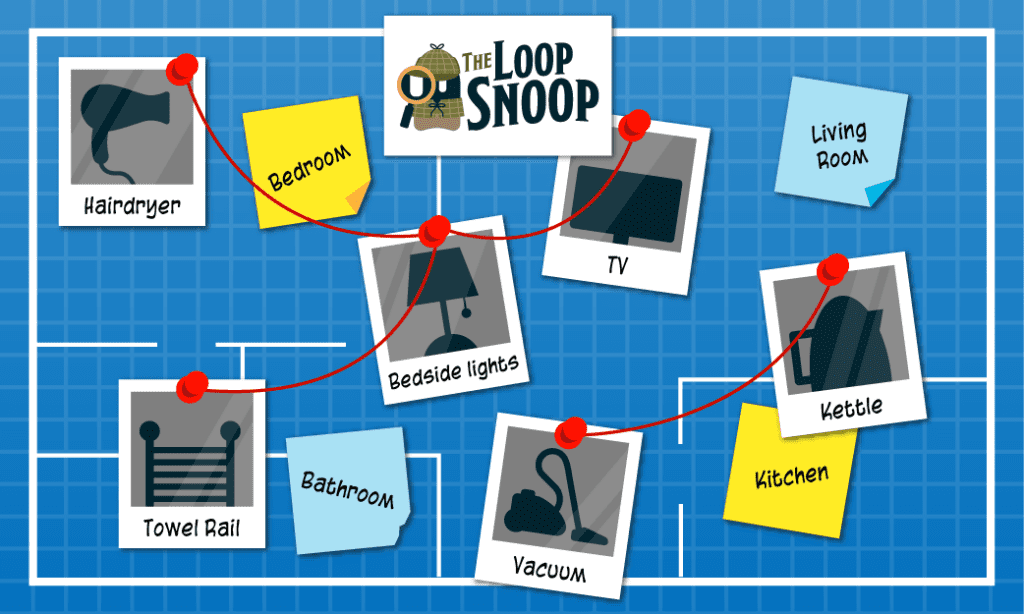
What Is a Loop Snoop?
If you want to find out how much each appliance in your home is costing you, go on a Loop Snoop – the name for our hunt which helps you uncover your energy-wasting devices.
Using your smart meter’s in-home display to get real-time readings, follow the steps below to see the running costs of your things and record them on the Loop Snoop map.
Once you find out how you use electricity in your home, then you can start making smart, energy-saving decisions.
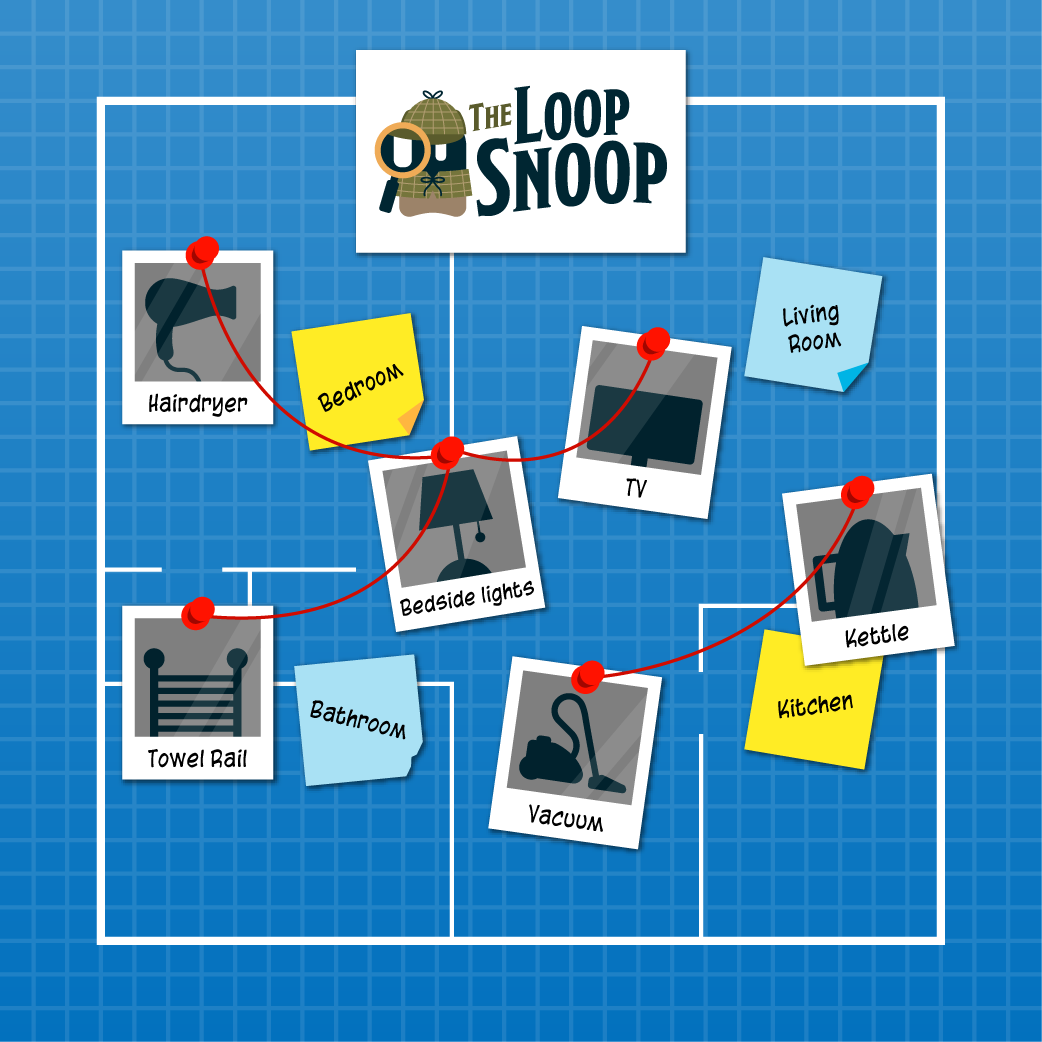
How To Calculate Standby Energy Costs
By following just four steps you can take back control of your energy use and see how much you can save. Before you start, you’ll need to be signed up to Loop. Then you’re ready to go!

1. Find Your Baseline
Find out your home’s baseline energy usage by turning off all your appliances (apart from essential items like your fridge and freezer) so you have the lowest possible ‘background’ energy use in your home.
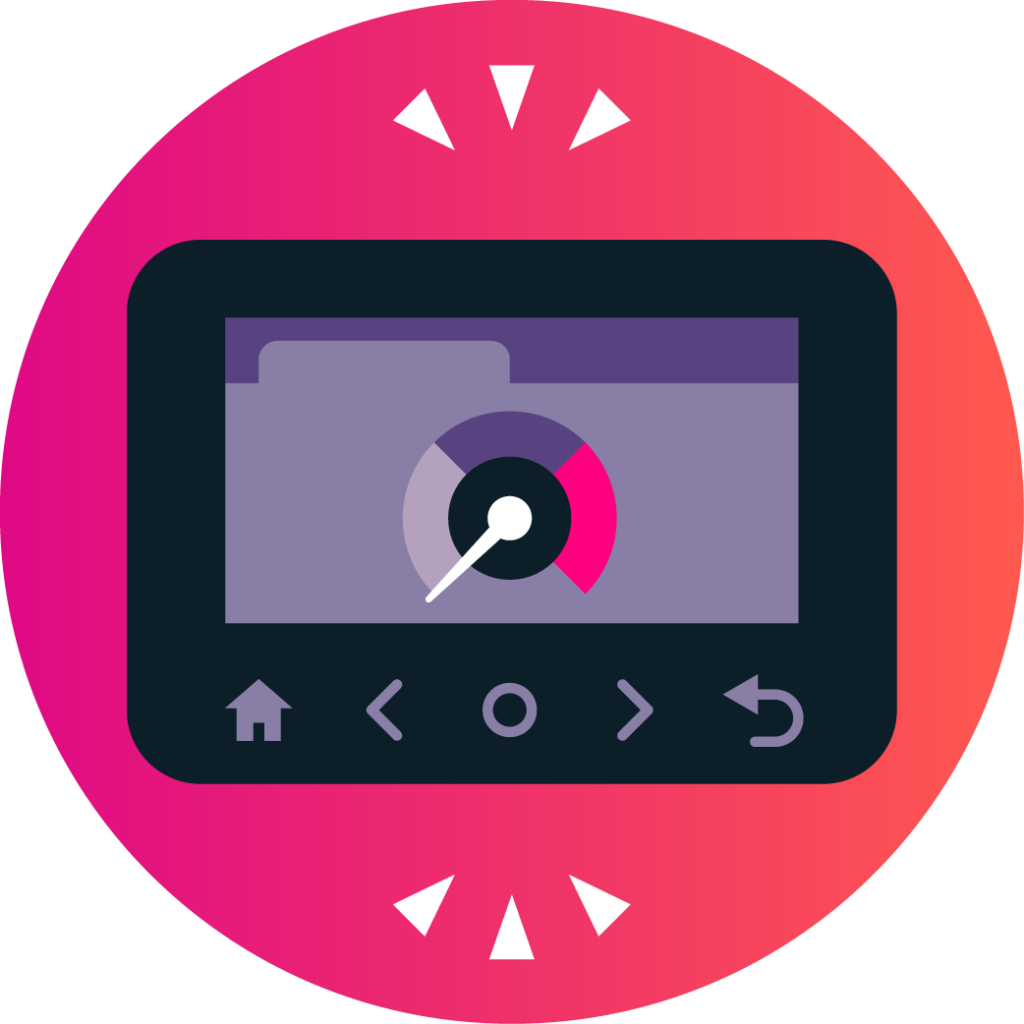
2. Check Your IHD
Use your smart meter’s in-home display to see live electricity use. You can toggle between £/hr and live electricity consumption in Watts. Make a note of this background energy usage in £/hr.

3. Turn on Appliances
Now go around your home, room by room, turning appliances on and off, one at a time. As you turn each one on, you will see your live £/hr cost change on your smart meter’s in-home display.
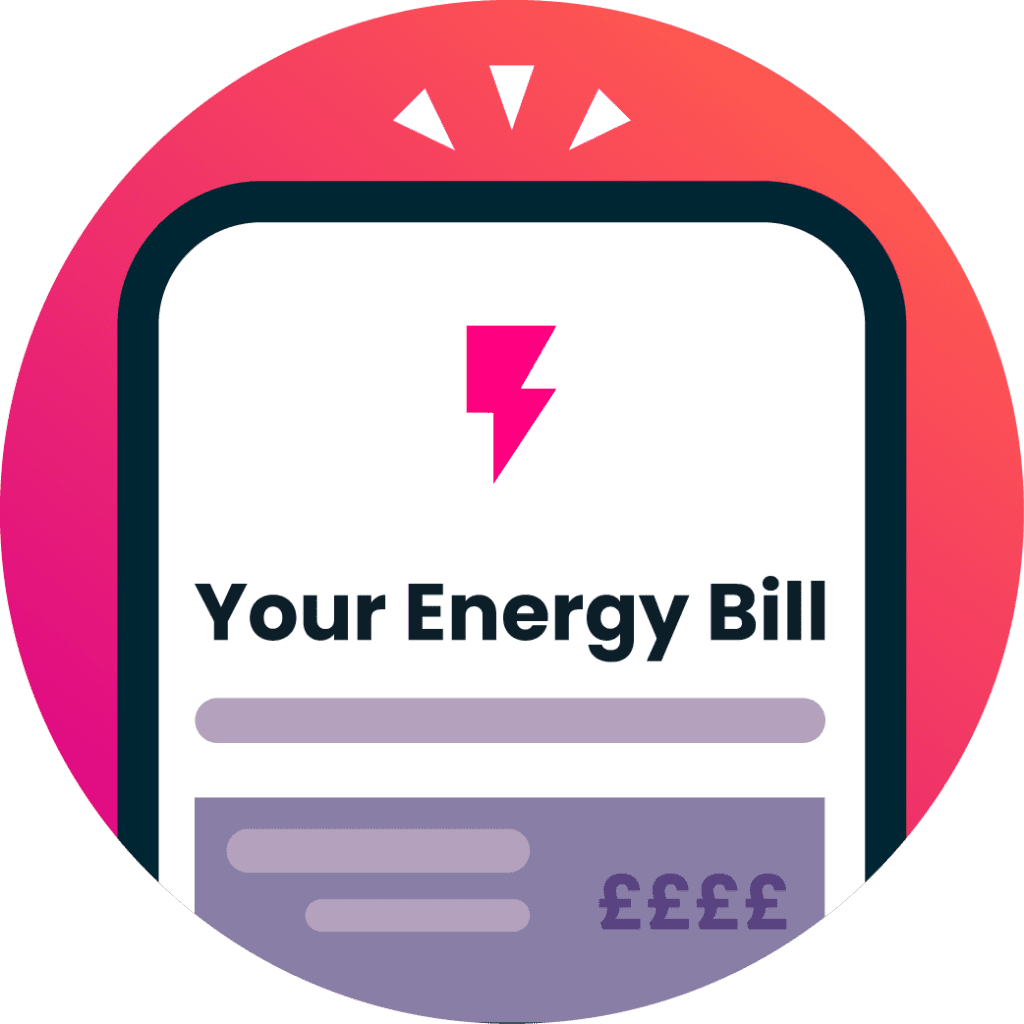
4. See Running Costs!
Do some simple maths to reveal the cost of having that appliance turned on for one hour. Record this on your Loop Snoop map here as a reminder to turn stuff off!


Why Go on a Loop Snoop?
By doing this in each room, you’ll get a good idea of how much your things cost to run. You might find some surprises along the way!
One Loop user said they discovered their coffee machine was sucking power when it wasn’t turned on, so now they always turn it off at the switch. Another found that some of their lights were using eight times more electricity than others, while their old tumble dryer was so inefficient it was contributing nearly a third of their monthly bill.
Reviews
Loop has helped thousands of users understand their appliance costs and reduce wasted energy.
Related Guides

Running Appliances on Eco-Mode
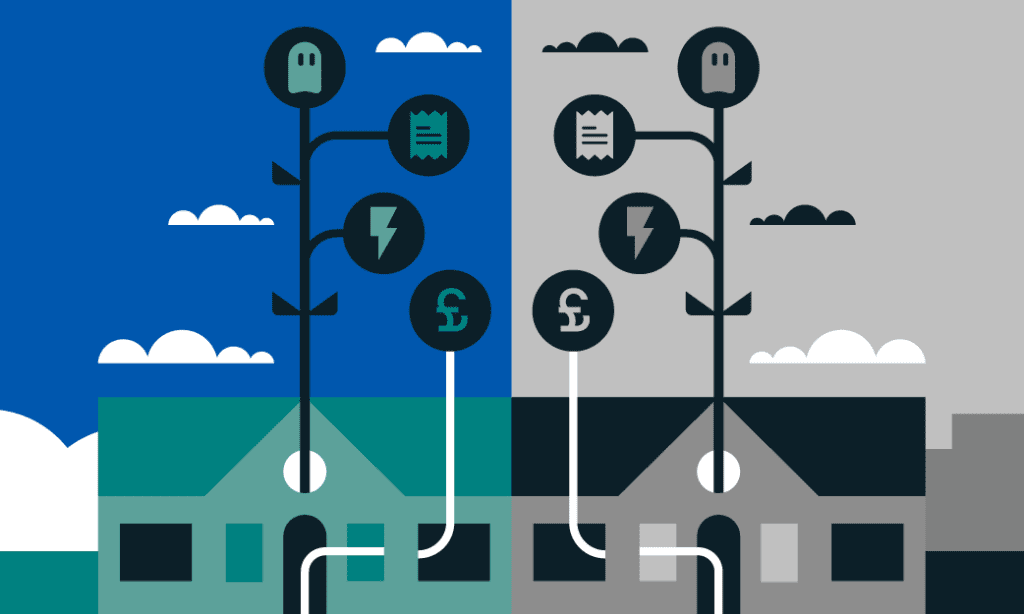
Compare Energy Use: Are You a Big Spender?
You may know how much energy your household uses each year, and at what cost. But have you any idea how that compares to other, similar homes? Seeing how it compares could cut your consumption by 3%.
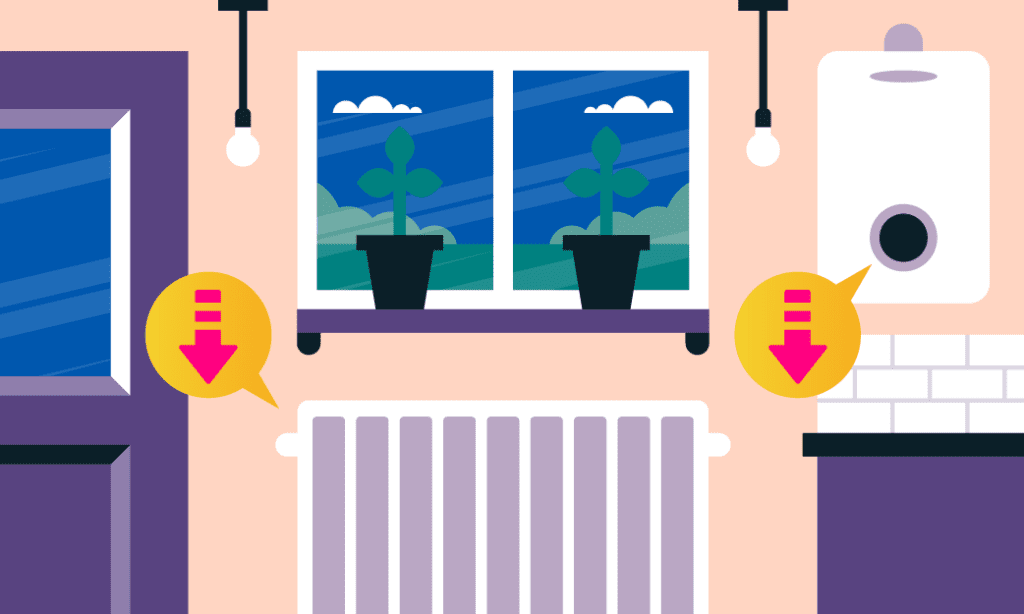
Energy Saving Advice: Low Effort, High Reward Actions
Making your home more energy-efficient doesn’t have to be a complex, expensive, or time-consuming process. There are several simple, low-cost steps you can take that will significantly reduce your energy bills and contribute to a greener lifestyle.








